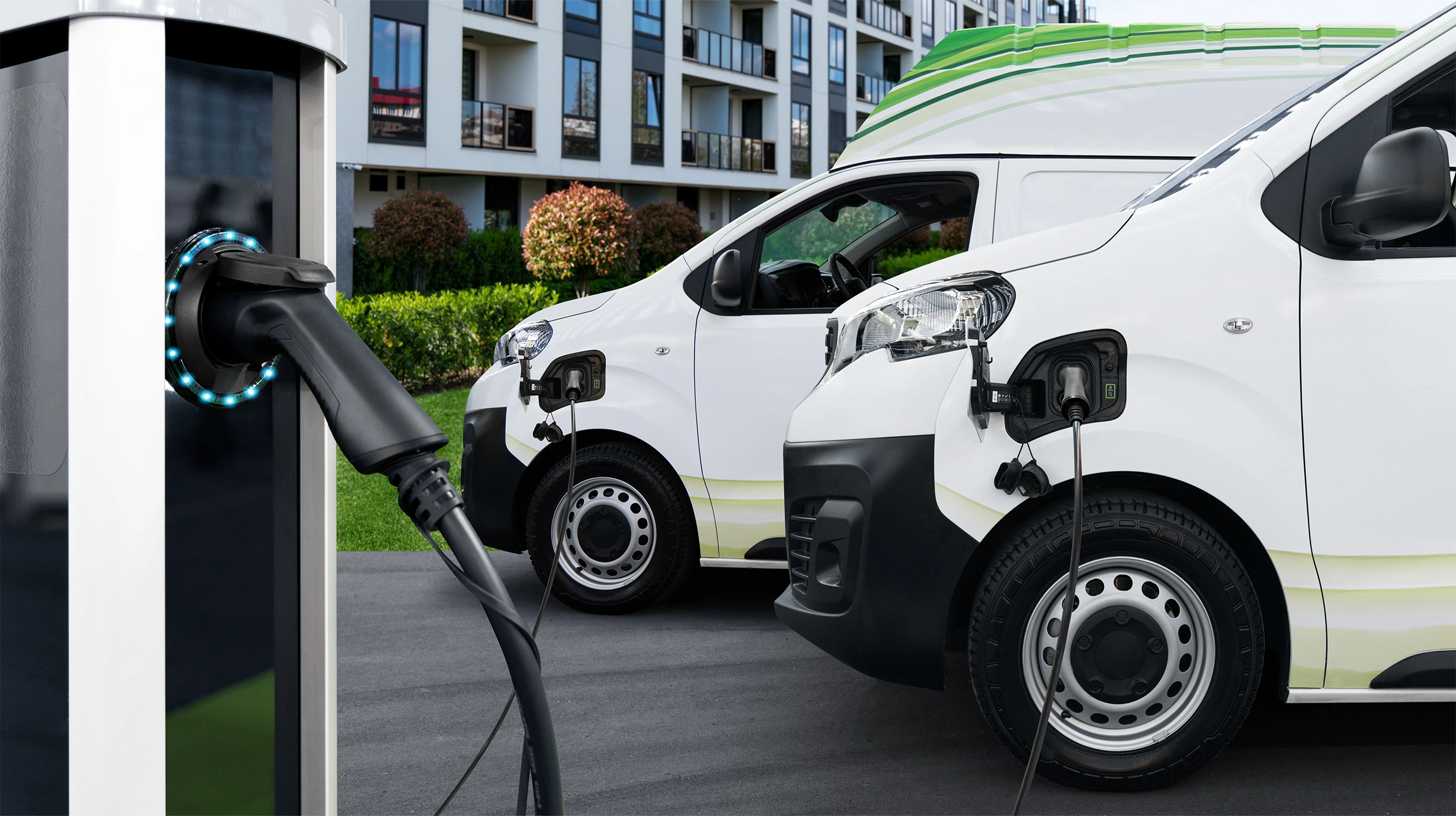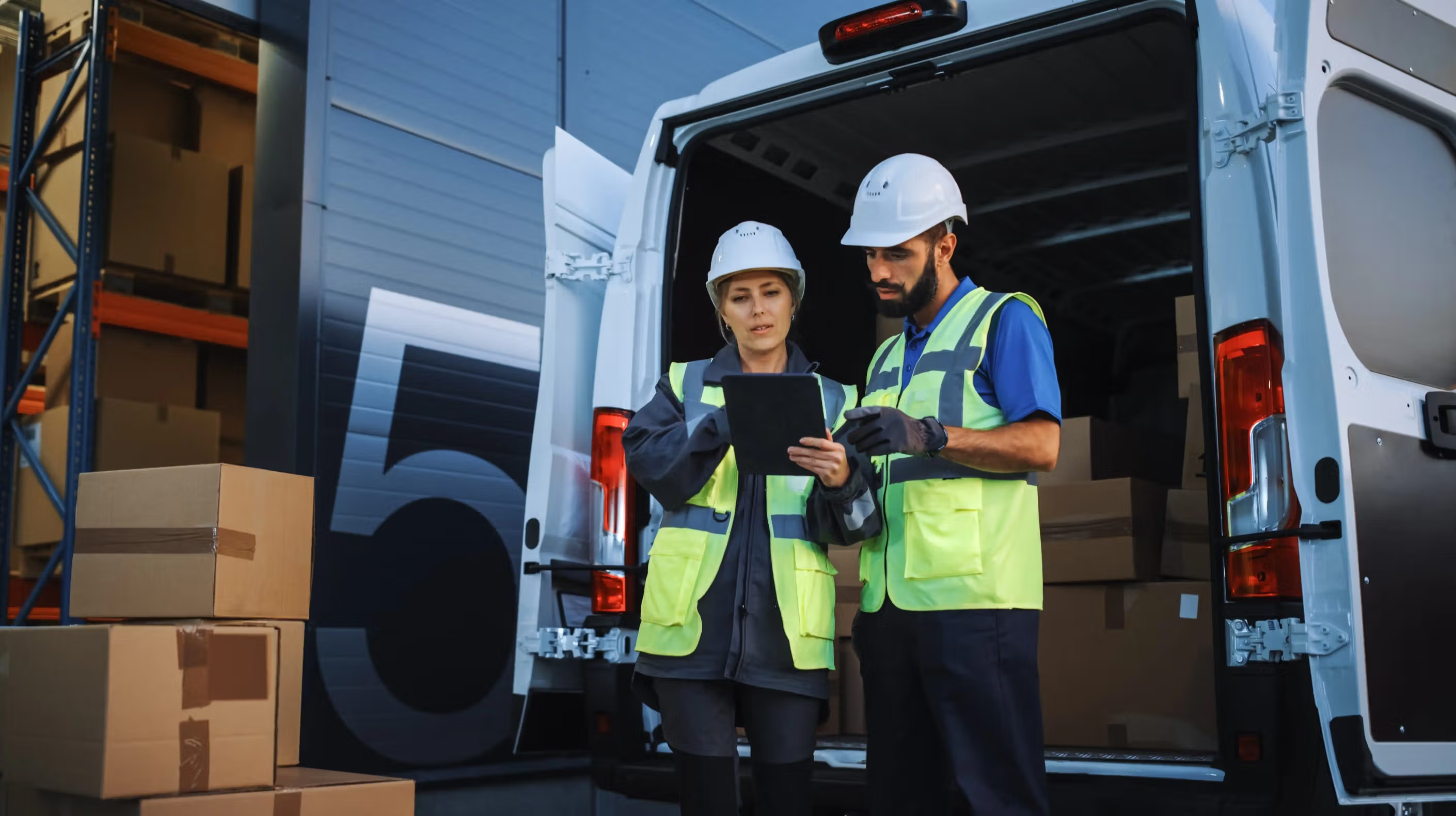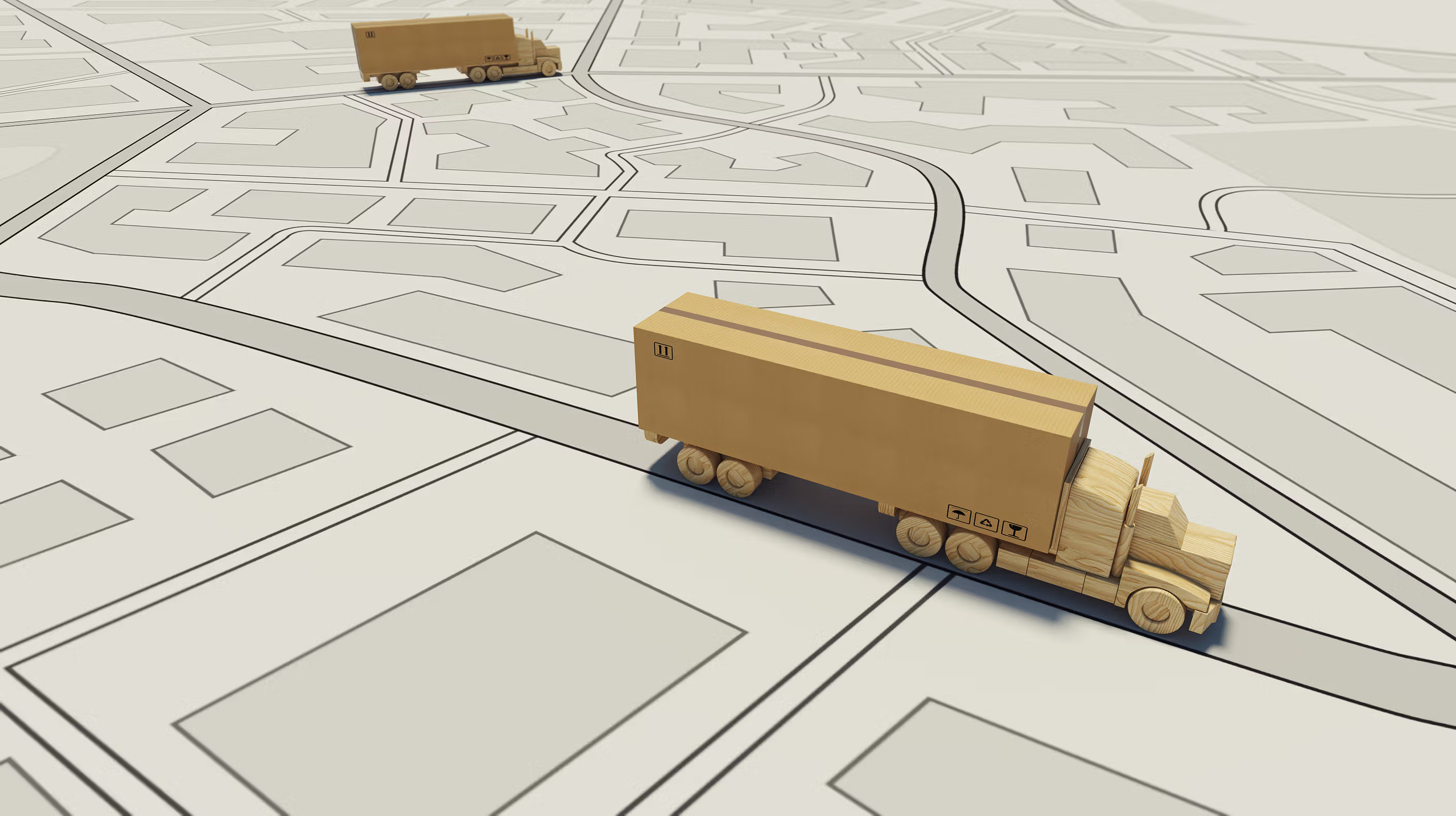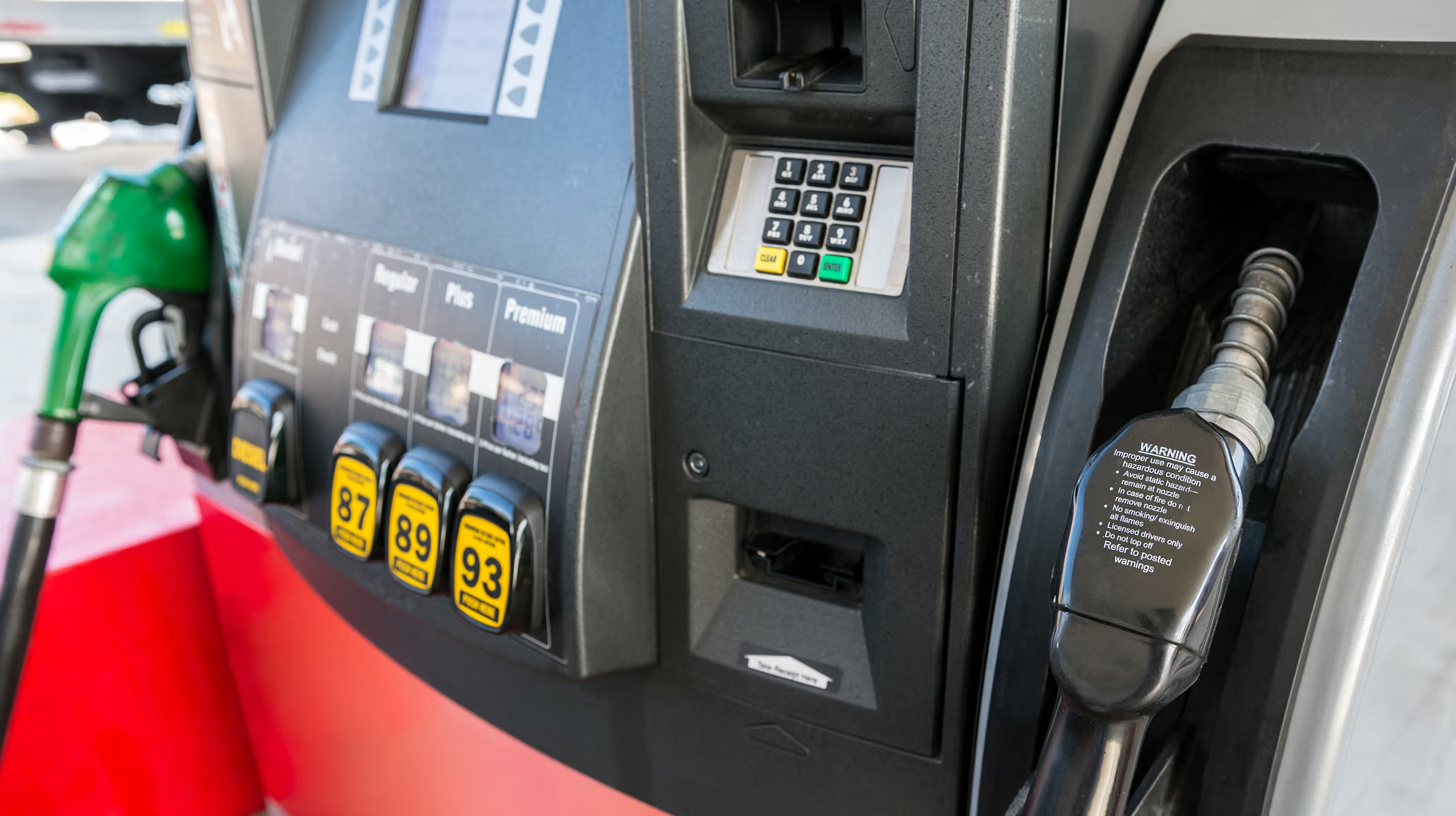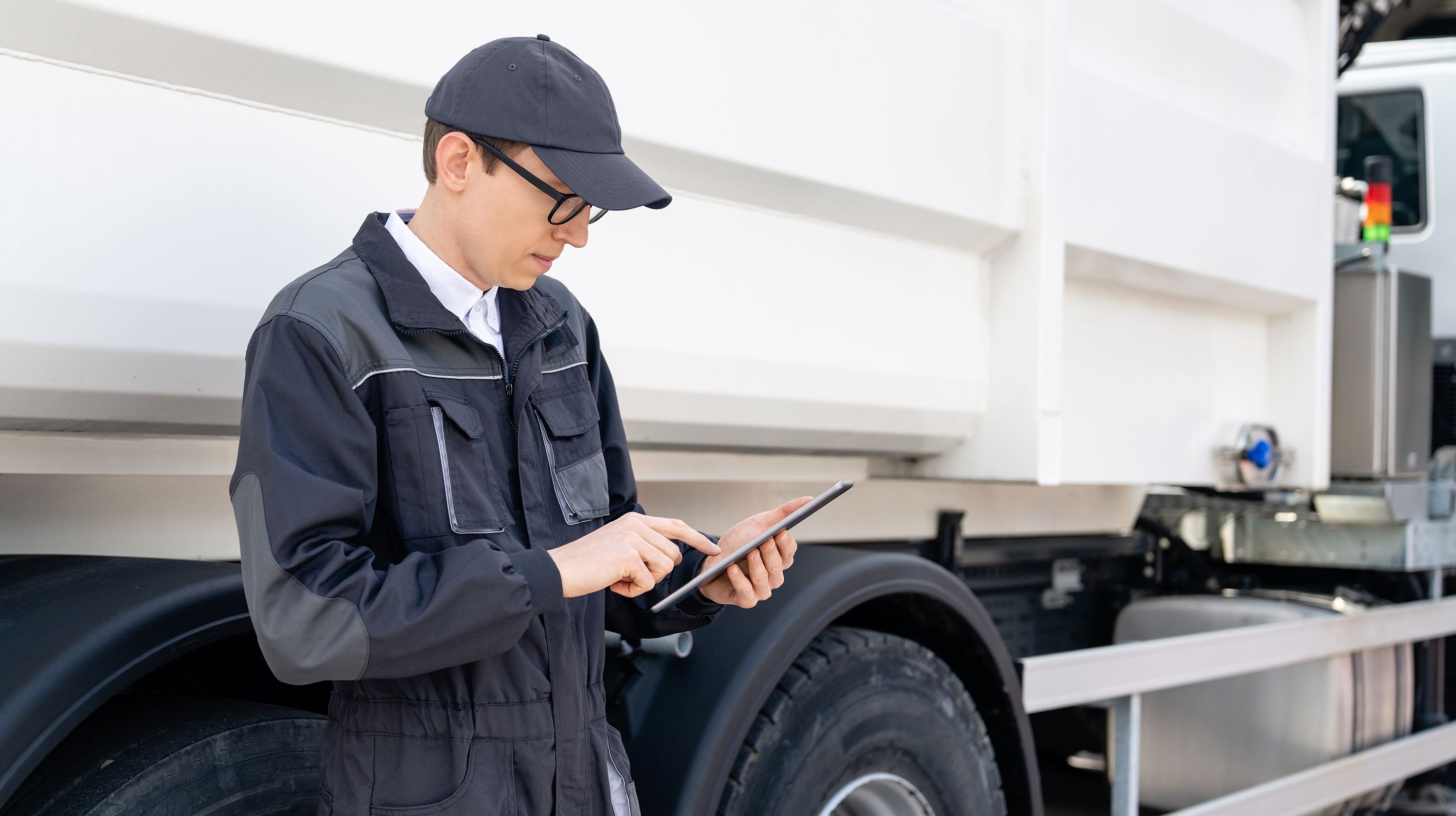3G is shutting down. Upgrade your GPS devices now.
The Australian 3G network shutdown is looming. Let us help you transition smoothly to 4G tracking devices for uninterrupted operations.
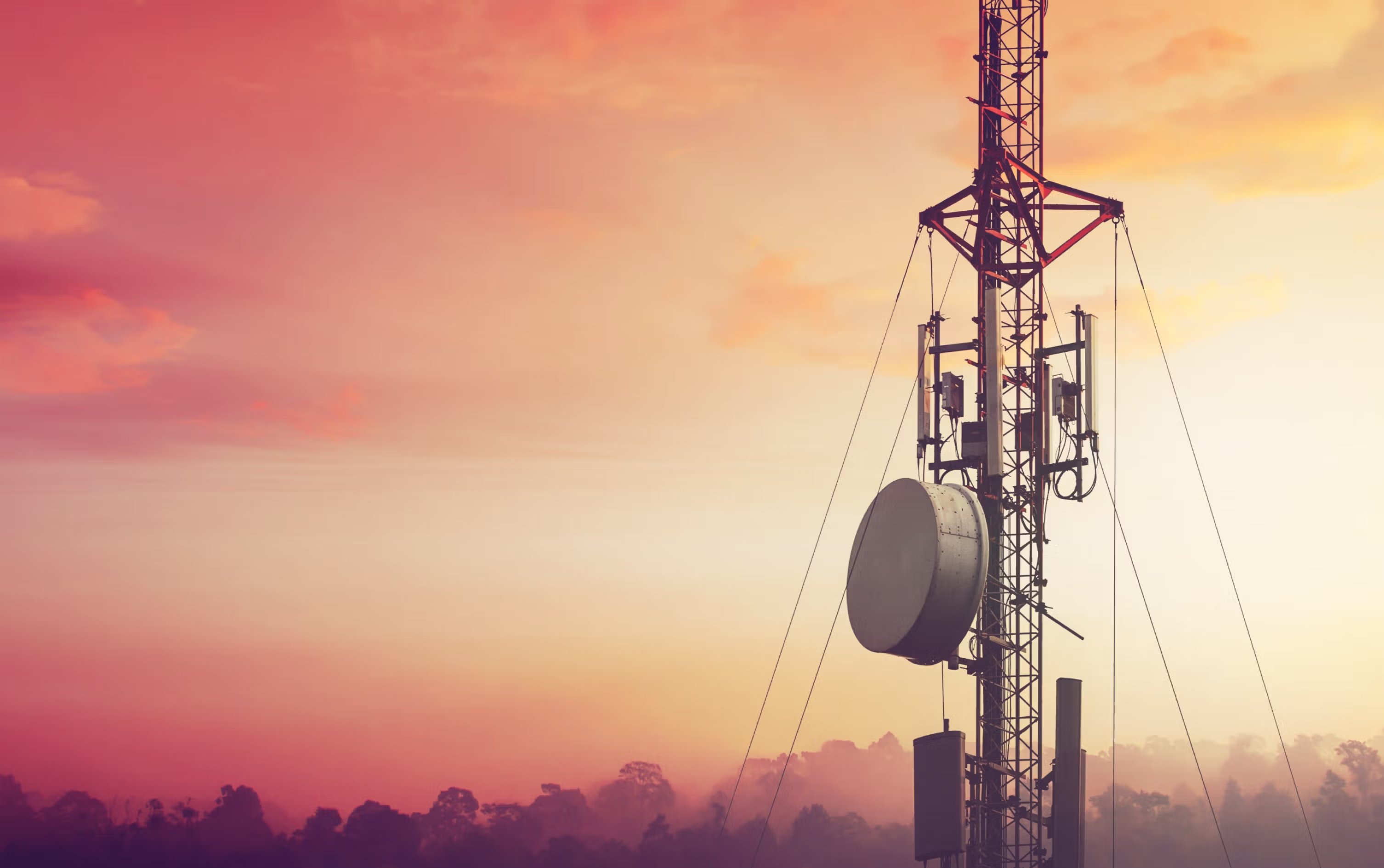

The Australian 3G network shutdown is scheduled to complete by June 30, 2024.
Here's what you need to know
1. What's changing?
Australia will see their 3G networks start to close down from December 2023 and you can expect all 3G services to be completely unavailable by June 30 2024.
2. How will this affect my fleet?
Any fleet tracking devices that have not been upgraded to 4G capable devices will stop working as each network shuts down their 3G coverage.
Inseego are working hard to provide a seamless experience for customers to upgrade their 3G hardware to 4G hardware to avoid any disruptions.
3. What do I need to do?
Our team is ready to help. Reach out today to discuss your 4G device upgrade options.
The upgrade of devices to 4G is one that will take some time to coordinate and implement for customers in Australia. As such, it’s important that we start this process now and ensure that nobody misses out or gets left behind.
3G shutdown FAQ
Why is the network being shut down? How does it work? When is it happening?
The global increase of 4G and 5G has led to the natural decline of 3G.
All wireless communications such as radio or phones rely on radio frequency or “spectrum”. Spectrum is a finite resource, meaning telecommunications companies like Telstra or Optus must make the most of what they have. This means reallocating or re-farming the 3G spectrum to improve 4G and provide more space for 5G. By re-farming 3G technology, telecommunications companies will be able to further boost the capacity, speed, and reliability of 4G and continue the rollout of 5G.
“It’s not a perfect analogy but think of spectrum like a farm. You can change how you use your land – you could turn your apple orchard into a vineyard – but you cannot plant outside your property”. Alex Choros, whistleOut, 29 July 2022
Although the cut-off date for 3G will vary across each telecommunications company, the first is scheduled for December 2023 and you can expect all 3G services to be completely unavailable by June 30 2024.
What does this mean for me, my business, fleet, assets?
If you are using 3G devices, you will need to transition to 4G devices to keep your operations running without any disruption once the 3G network is disconnected as any 3G devices will no longer be functional.
Fleet management solutions are used for a range of applications, whether that’s to help you communicate with your staff, monitor safety and fatigue, ensure compliance, optimise workflow, track vehicles and assets and more, so business continuity will be crucial.
What do I need to do/how should I prepare?
Take catalogue of all your devices, including which vehicles have which device type, and therefore which 3G devices will be affected by the transition. If you are unsure, don’t worry, we can help with this information when we get in touch with you.
Also give some thought to vehicle availability and the duration over which you can complete your upgrades. Combined with the number of devices, you can calculate an estimated run rate for your de- and re-installations.
For example, if you have 200 3G devices but can only have 10 vehicles available a week, that will take 5 months for completion.
Additional considerations include setting aside a budget, assigning a project lead where applicable, deciding on a timeline, and assessing any new business needs that could be implemented at the same time e.g., additional units, dashcams etc.
How will Inseego help me?
Over the coming weeks and months, your Inseego team will be in touch to discuss the 3G network closure, how this affects your business and what the best course of action is for you.
Your team will work closely with you to highlight which of your devices need to be upgraded and the most effective way to manage the transition for your fleet.
Rest assured, Inseego has your best interests in mind – the 3G network closure is a meaningful change and the upgrade of devices to 4G is one that will take some time to coordinate and implement for customers in Australia. As such, it’s important that we start this process now and ensure that nobody misses out or gets left behind.
Why should I switch over now? I’ve got plenty of time.
Although there was plenty of time when the original announcements about the network closure were made, this is no longer the case. The first provider will be disconnecting their 3G services this year.
Furthermore, the 3G network closure affects more than just telematics and so the need to prepare businesses for this change will be in high demand (think handheld devices, internet infrastructure, some vehicles etc). Making the move from 3G to 4G is not just a matter of flipping a switch. The larger your fleet, the more time you need to allow for vehicle availability and installations.
This is why Inseego have already started working with customers to ensure a smooth transition, along with some early-bird incentives.
What will happen if I do nothing?
Not taking action could negatively impact your fleet, employees and your business.
Your current device would continue to operate until the 3G network is disconnected, but if you don’t upgrade your device before the deadline, then you’ll no longer be able to use your service.
Systems will no longer track your vehicles, drivers could become non-compliant, your business could no longer collect data required for Fringe Benefits Tax to name a few examples. You may also still be responsible for paying the remaining period on any existing contracts for such services.
Do I get anything out of it? What are the benefits?
Better technology brings better benefits; new devices can offer additional capabilities and opportunities for a more efficient fleet. A faster connection (4G is several hundred times faster than 3G!) enables improved reliability, lower latency, and increased processing power, as well as greater compatibility with emerging technologies.
Ensuring that your fleet is all up to date today will mean you’re all set for the coming years and can transition to 5G as and when your business may need it.
These benefits will make the complex simple – making the collection and analysis of, and response to data (such as driver management) much easier, allowing you to focus on improving fleet performance and better business outcomes like reducing costs.
Now is also good timing to evaluate whether your fleet requires any satellite, camera or panic solutions depending on safety requirements and how long each vehicle spends in and/or out of network connectivity.
How will the transition affect the stability of my business? Will my experience, services and/or coverage change?
As far as your fleet management solutions are concerned, providing you have successfully upgraded your relevant 3G devices before the network shutdown, there should be no detrimental impact or instability. 4G is a well-established, reliable network and is the current industry connectivity standard for most fleets.
Telstra advise that in most cases network experience should improve where most customers will generally notice an improvement in speed. In many cases, the improvement in speeds in going to 4G will be substantial, but in some areas, particularly very remote areas, the improvement may only be slight.
Providers are working towards expanding their 4G network to a similar size and reach as the 3G network so that customers are not disadvantaged. The intention is to upgrade areas where there is 3G-only coverage to match the same coverage as 4G.
Although only 0.3% of the Australian population in rural and regional areas has relied upon 3G-only service, at this stage there is no future guarantee for availability in these coverage areas. Therefore, we would encourage you to please check specific future 4G and 5G network coverage with your telco provider and should you need additional support, Inseego can provide satellite communications solutions if required.
How do I know if my devices are 3G, 4G or a mixture of both?
Most Inseego customers that have joined over the last 18 months have been encouraged to choose 4G devices unless functionality requirements have dictated otherwise. Therefore, some customers may have a combination of 3G and 4G devices or simply just 3G devices for others who have been on longer contracts or require functionality such as IAP (the Intelligent Access Programme via Transport Certification Australia).
You can check this information when you speak to your local Inseego team – they will have all your current contract details available.
Which 3G units are impacted by the network closure?
The 3G devices that will need to be replaced are as follows:
- OB130 (plug and play)
- NX12 / iS131 (fixed)
- NX30 / iS125-S2, iS125i-S2, iS130-S2, iS150 (fixed)
- NX50 / iS125, iS130 (fixed)
- NX55 / iS210, iS220, iS325, iS420 (fixed)
- AT01 Gen 1 / Oyster (asset tracker)
- Visiontrack VT2000, VT2.2, VT3000, VT5500 (cameras)
- Garmin Screen
What about my IAP units?
Inseego are currently in discussions with TCA (Transport Certification Australia) about the potential approval on a new 4G device for Level 3 Assurance; IAP (Intelligent Access Programme). However, it is also possible that customers may be transitioned to Level 2 Assurance; Telematics Monitoring Application (TMA) which offers the same level of functionality and coverage (except for cranes). The affected customers will be contacted later this year when we have confirmation on a solution and next steps.
What will happen to the old devices?
As a sustainable company, Inseego’s priority is always to re-purpose devices, however, given the age and usage of the devices, and many of our markets phasing out their 3G networks, these are slightly different circumstances. Therefore, we will endeavour to have all devices returned to us for recycling if none of our European operations can make use of them.
You can read more about Inseego’s Corporate Citizenship here.
Can Inseego just change the SIM cards in the devices so that they run on 4G instead of 3G? What is it about the hardware devices themselves that means they need to be upgraded?
It is about the device compatibility rather than the SIM cards, so it is not as simple as inserting a 4G SIM card into a device that only supports 3G. The SIM card is only the enabler to connect to the network, whereas it is the modem inside the unit that creates the connection itself.
What will happen to the data from my old 3G devices?
Please be assured that the data from the removed 3G devices will not be deleted. The historical data will be kept for a period of 90 days and made available by request via your local Support Team. Contact [email protected] with any reporting requirements following your switchover.
Will I need to pay to upgrade or sign a new contract?
There will be a one-off charge for the removal of the 3G devices, the new hardware, and its installation.
Please consider that this charge will be influenced by several variables. For example, whether your business originally bought the devices outright or whether they are rented monthly, the number and type of devices across your fleet, where your business is located (i.e., metro versus remote) and how much time is left on your contract.
Depending on how much time is left on your current contract, we may encourage you to switch to a new one for your upgraded units.
Your Inseego team will work with you to provide as much flexibility as possible, including consideration of your existing contract and options such as early bird pricing.
How long does a de/re-fit take? (OBD, hardwired/fixed, and mixed)
An installation typically takes between 45 minutes and 1 hour for a single piece of fixed/wired hardware. Your Inseego team can provide an estimate for your business depending on fleet size and device type/s to ensure sufficient time is scheduled for installations when we discuss your transition.
How else can I better prepare for the future?
Aside from the 3G network closure resulting in an enhanced 4G network and an increased 5G rollout, Inseego has some innovative solutions to ensure the rest of your fleet and business operations are also future ready.
For example, AI powered dashcams for proactive accident prevention and increased safety, and our upcoming software launch, Inseego Vision – a brand new platform that is set to transform how you manage your fleet and assets.
How are you working with the big telco providers on this?
Inseego hold existing partnerships with the major telco providers across Australia (Telstra, Optus), which ensures that we can access the latest news and developments on the 3G network closures. As the majority of Inseego devices are programmed for Telstra SIM cards, these are the primary timings we are following.
Where can I learn more if I want to nerd out?
You can also check out the following external resources which might help with some of your personal technology planning beyond your fleet or at home:
